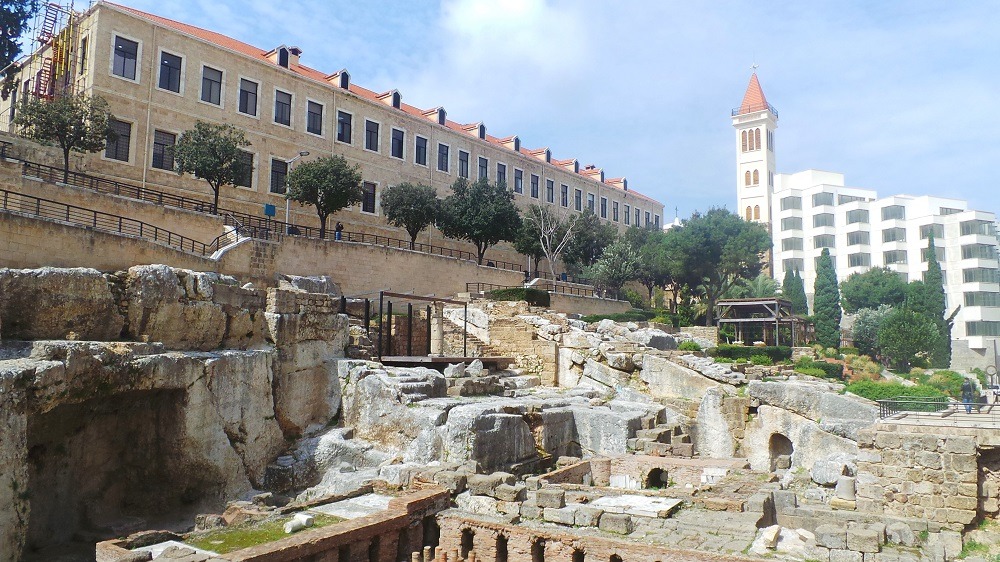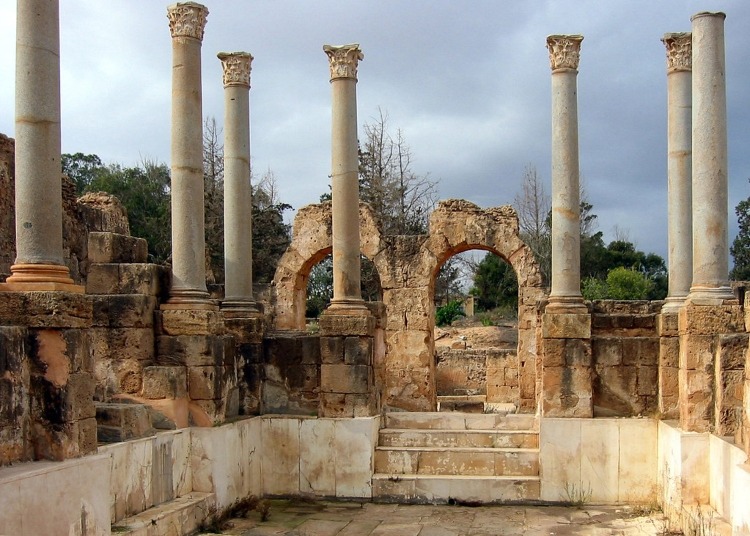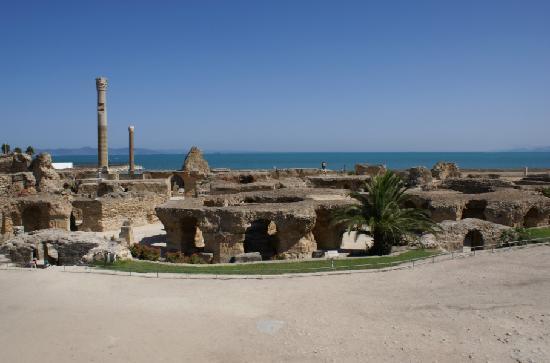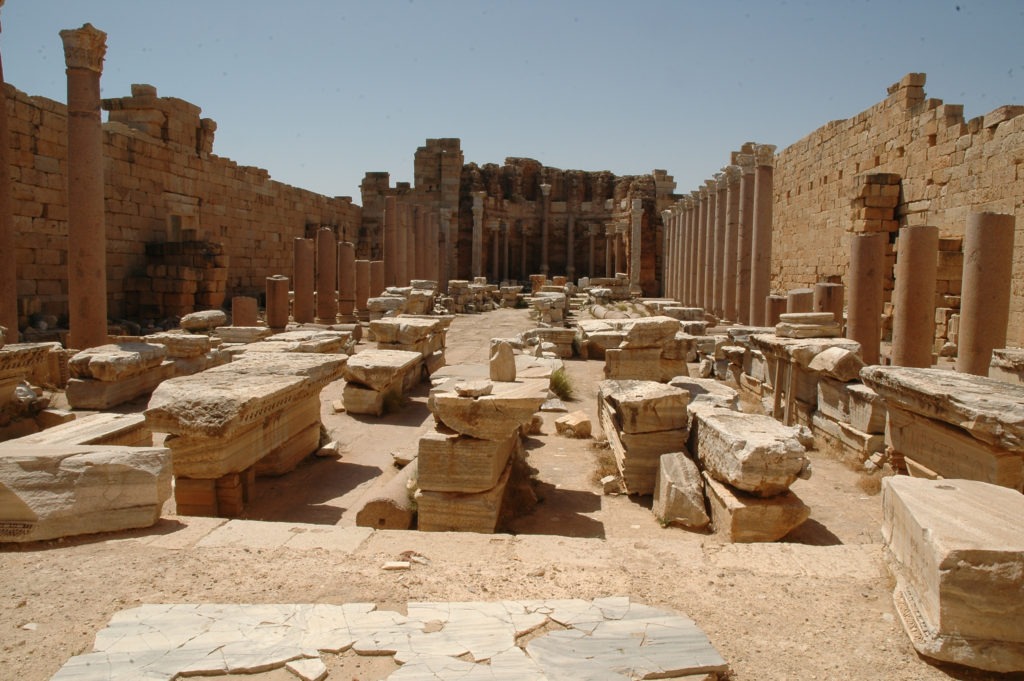Perhaps, one of the most influential civilizations ever known to humankind, the Romans with their massive empire have left their markings all over the countries of the Mediterranean. From amphitheaters to temples, their rich heritage remains alive within the heart of the 21st century’s urban expansions, and that includes the Roman baths of the Middle East.
To a Roman citizen living thousands of years ago, bathing was not a private undertaking as it is in our current day. In fact, it was a chance to socialize with friends, conduct business, and talk gossip. Romans had thousands of bathing facilities covering the wants and needs of all social classes, and because North Africa, the Levant, and Mesopotamia were parts of this colossal empire, many bath ruins were uncovered across the region. Let’s take a journey and explore some of them.
Lebanon’s Cisterns of the Roman Baths
Founded almost 5,000 years ago, Beirut is as old as time. The capital of Lebanon has hosted a number of civilizations, including that of the Romans, and because of this, it is one of the richest Arab cities when it comes to Greco-Roman archaeological sites.

The most famous of the Lebanese Roman baths is located at the heart of downtown Beirut and are called the Cisterns of Roman Baths. They were discovered under the gardens facing the Grand Serail building and tower and are surrounded by a number of government buildings.
Syria’s Southern Roman Baths
Syria is another important Levantine country that had its political as well as strategic significance during the times of the Roman Republic and its successor, the Roman Empire.

The Syrian city of Bosra has one of the most beautiful, well-preserved Roman baths in all of the world, but unfortunately, because of the ongoing crisis, it would be impossible to visit at the time being.
Egypt’s Kom Al-Dikka Roman Bath
The Bride of the Mediterranean, and the Roman capital of Egypt at the time, Alexandria was perhaps the most important Roman city of the East. The Romans knew this, and accordingly, they had invested a great deal to promote Roman culture and way of life. This is evident in the many baths of Alexandria, the most important of which is the one in Komm Al-Dikka.

This particular bath occupied an area of 5,000 square meters and was located near the lecture halls of the ancient Alexandrian Academy. Back then, it was also known to be equipped with elaborately engineered water distribution, disposal and heating systems.
Libya’s Hadrianic Baths
Leptis Magna, located in modern Khoms, Libya, is perhaps the best preserved Roman site in all of Africa, and one of the most impressive Roman baths of the Middle East.

The city started out as a Phoenician settlement built in the 7th Century B.C., but after Rome took hold of North Africa, the city fell out of prominence. It wasn’t until the time of the Roman Emperor Septimius Severus, a native of the city who was donned in imperial purple, that the city was renovated and restored to its former glory. Ruins of a Roman bath were found and are currently on display in the Leptis Magna Museum in Khoms.
Tunisia’s Baths of Antoninus
One of three massive baths complexes built in the Roman Empire, and the largest in all of Africa, the Baths of Antoninus in Carthage, Tunisia are of extreme historical importance. Excavation of this site began during the Second World War, and archaeologists found out that it was built by the Roman Emperor Antoninus Pius about 2,000 years ago. The site is a UNESCO World Heritage Site and is one of the most beautiful places to visit in Tunisia.

Visiting a Roman bath is a great way of tapping into that historical empire that ruled over Egypt for many years. As you walk along the ancient ruin, try to soak in the location and remember that this used to be a place buzzing with Romans socializing, conducting business and talking gossip.



